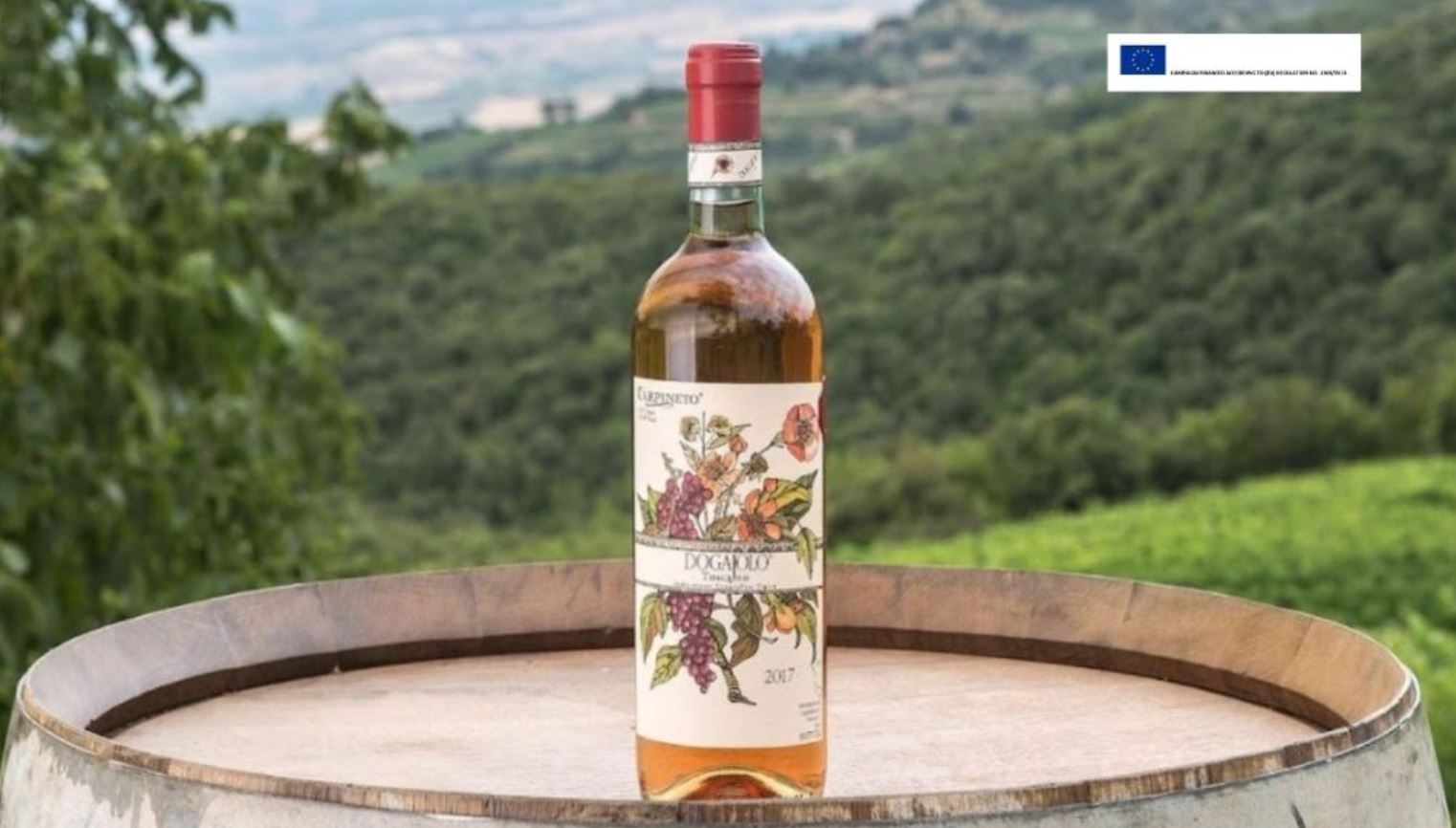Softness, warmth, density – these are the many roles that alcohol plays in the gustatory balance of a wine. The alcohol in a wine is needed to perform essential functions that keep its characteristics intact. Going overboard is overkill – this is true of any element, even water.
Let’s start first of all with smell. Alcohol contributes to the enrichment of the wine bouquet by creating tertiary aromas, which come from the interaction of the wine with the walls of the barrique it is contained in. In the gustative phase, then, the alcohol causes wine to be warm, enveloping and harmonious on the palate, as well as well-balanced with the somewhat harsher sensations that come from acidity and tannins. When a wine is "warm", in the technical language of tasting, it does not mean that the wine needs to be placed in the fridge. The warmth gives us feel a pleasant sensation which is almost "pseudo-caloric", throughout the body, from the mouth down to the esophagus.
In order to better understand how much alcohol is in a bottle of wine, you can just rely on the empirical experience and read the wine label. Wines that are more alcoholic and robust will have a slight alcoholic hint, even in smell. It is called the "alcoholic puff", which emphasizes the good alcohol content of the nectar in question. The alcoholic puff, within certain limits, is quite normal if we talk about "powerful" wines. It is less normal when the puff turns into a blast of alcohol. As a rule of thumb, it is always better not to smell the alcohol in a wine – typically this is a characteristic of a poorly stored wine. So be aware that the puff is merely a slight hint of alcohol that must be limited to certain criteria and not affect the drinking experience.





